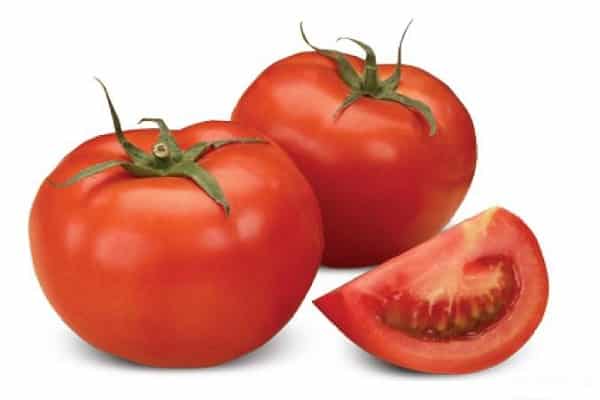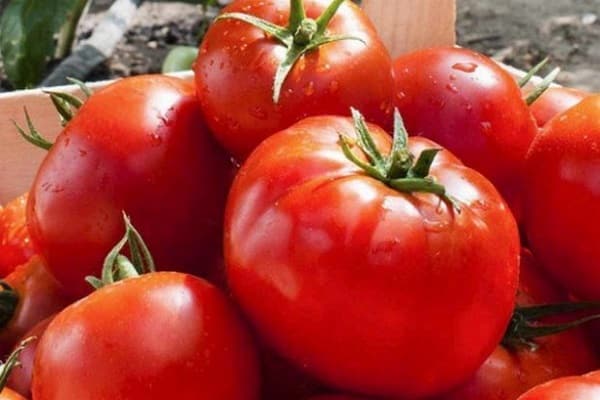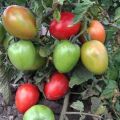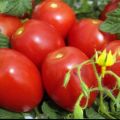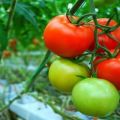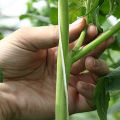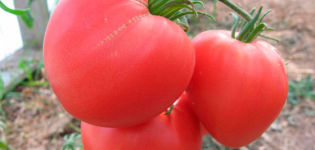Description of the early ripe tomato variety Lark and its characteristics
In areas with short and cool summers, agronomists advise using ultra-early ripening tomato varieties. A striking representative of this trend is the tomato Lark. The culture is resistant to diseases and weather conditions, it manages to complete the full growing cycle in a short time.
Varietal properties and qualities
Successful cultivation of a hybrid is allowed in open and closed ground. The bushes are determinate, strong, usually do not exceed 90 cm. The first flower cluster appears above the fifth or sixth leaf, each cyst has 5-6 fruits. Good set of tomatoes was noted at unstable temperatures. From germination to first ripeness 80–85 days pass.

Characteristics and description of fruits:
- Mature - deep red, smooth, rounded. Average weight - 100 g, yield per 1 sq. m 10-12 kg.
- The pulp is not friable, red with good taste.
- Recommended for fresh consumption.
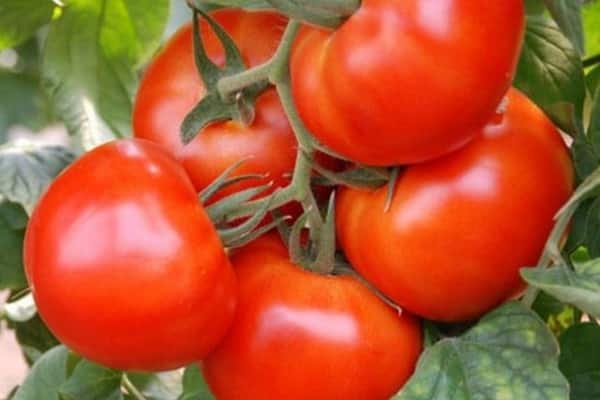
Lark f1 is resistant to the following diseases:
- tobacco mosaic virus (TMV);
- dry spot (Alternaria).
Tomato planting scheme
For 1 sq. 7–8 bushes are planted, between low determinant tomatoes. Lark f1 is left 40 cm. In the greenhouse, it is convenient to place crops in two rows. There should be at least 50 cm between adjacent rows. The thickening of the planting in the greenhouse often provokes the occurrence of bacterial infections, complicates the process of pollination of the ovaries by insects.
Free passages make it easier to care for plants, there are no obstacles to the access of sunlight.
Lark Tomatoes form into one, two or three stems. The last two schemes are considered more effective: the lowest stepchildren are removed, several of the strongest are left higher along the main stem, which subsequently lead on a par with the main one. Determinant varieties tend to stun growth, directing all nutrition to fruit formation and growth.
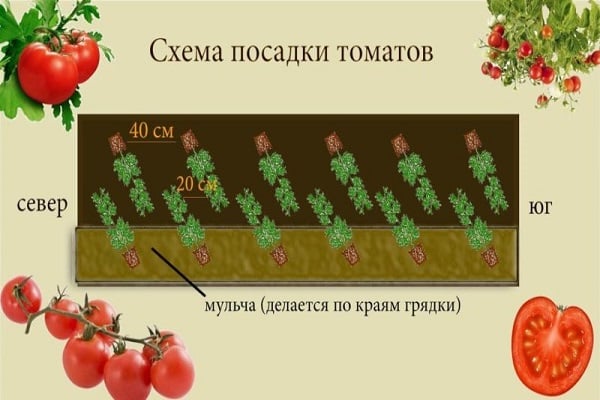
Phased fertilization
Ultra-early ripening tomato varieties need sufficient fertilization. The lack of nutrients greatly affects the palatability of the fruit. Soil preparation in the greenhouse:
- Autumn digging to a depth of 30 cm (the fertile layer is not turned over to the surface).
- Liquid fertilizers (superphosphate) are applied.
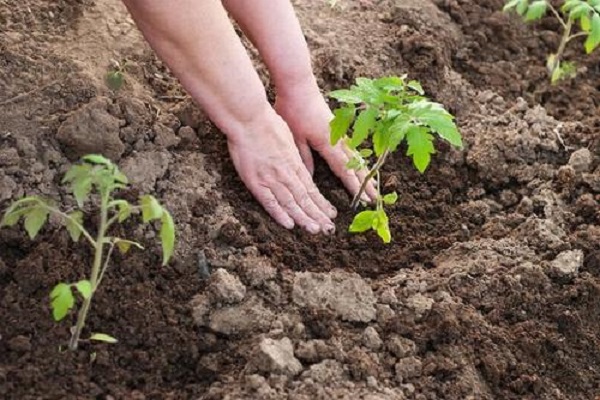
- Spring digging with potash fertilizers.
Seedlings are planted in early May, when the soil warms up to + 10 ° C. A week after planting, young plants are fed with nitrophos. The mineral complex is reintroduced during the active growing season. Fertilize for the last time at the beginning of the fruiting period.

Benefits of ultra-early maturing crops
The chemical composition of tomatoes of the Lark variety:
- dry matter 6.0–6.5%;
- sugar 3.2-3.5%:
- ascorbic acid up to 20 mg.
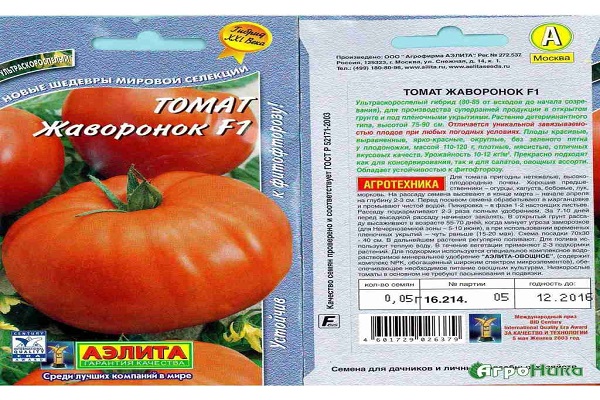
If the seeds are sown in March, then the first red tomatoes appear on the bushes in early July. Ultra-early varieties are rarely affected by late blight, as they ripen earlier. The hybrid is genetically resistant to viruses - this is confirmed by the reviews of gardeners. Plants do not require a complex system of supports and stems tying.
Despite the small size of the fruit, the yield is high. The fruits lay well and tolerate transportation. A natural storehouse of vitamins and nutrients is an early-ripening tomato of the Lark variety.
